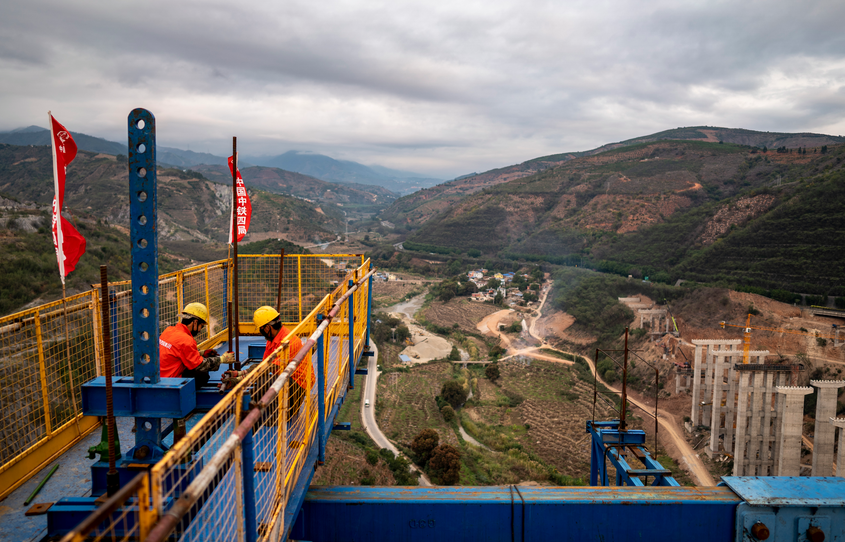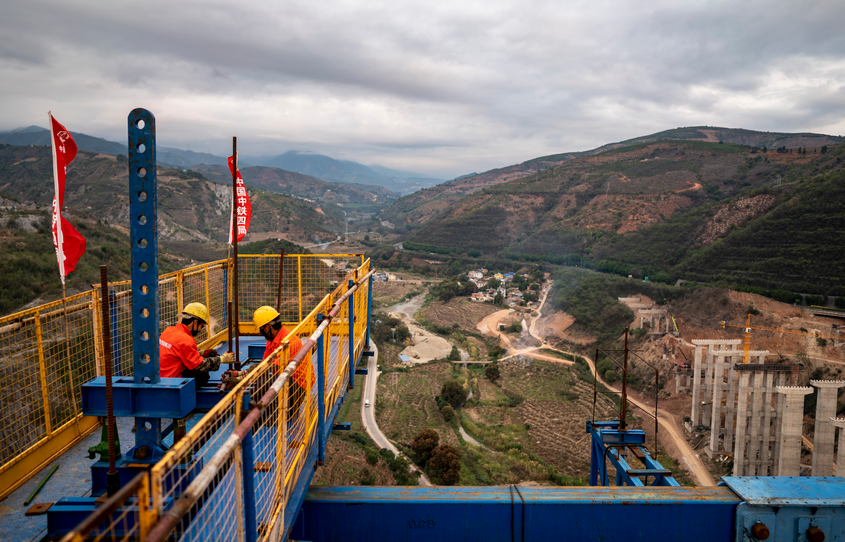
China-Laos Railway is a strategic docking project between the China-proposed Belt and Road Initiative and Laos' strategy to convert from a landlocked country to a land-linked hub.
In April 2010, an agreement was reached between China and Laos on the first China-Laos railway to be financed, built and operated jointly by both countries; it was approved by the Lao parliament in October 2012. A ground-breaking ceremony was held in December 2015 for the Lao section of the line. The construction of China-Laos railway officially got underway on December 25, 2016, following a ceremony held in the northern Lao city of Luang Prabang.
This planned line is China's first overseas railway project to provide a direct link to China's internal rail network, and the second such project -- after the Jakarta-Bandung rail link in Indonesia -- to be built with Chinese technology and equipment to meet Chinese standards. It will also be an important section of the pan-Asia railway network.
Starting from the Mohan-Boten crossing at the China-Laos border, the 400-kilometer-long line will run south to Vientiane, the capital of Laos. 63 percent of the railway will consist of bridges and tunnels. It is scheduled to open in 2021, with a design speed of 160 kilometers per hour. The investment in the project will be about 40 billion Chinese yuan (US$5.76 billion), 70 percent of which comes from China and the remainder from Laos.
Once in service, the railway will significantly boost the economic and social development of Laos, facilitate local transportation and improve its efficiency, and expand cooperation between China and Laos in areas such as trade, investment and tourism. It will contribute to the development of the China-ASEAN Free Trade Area, and inject new life into the economy in China's southwest region.
(Source: China.org.cn)




 A single purchase
A single purchase









